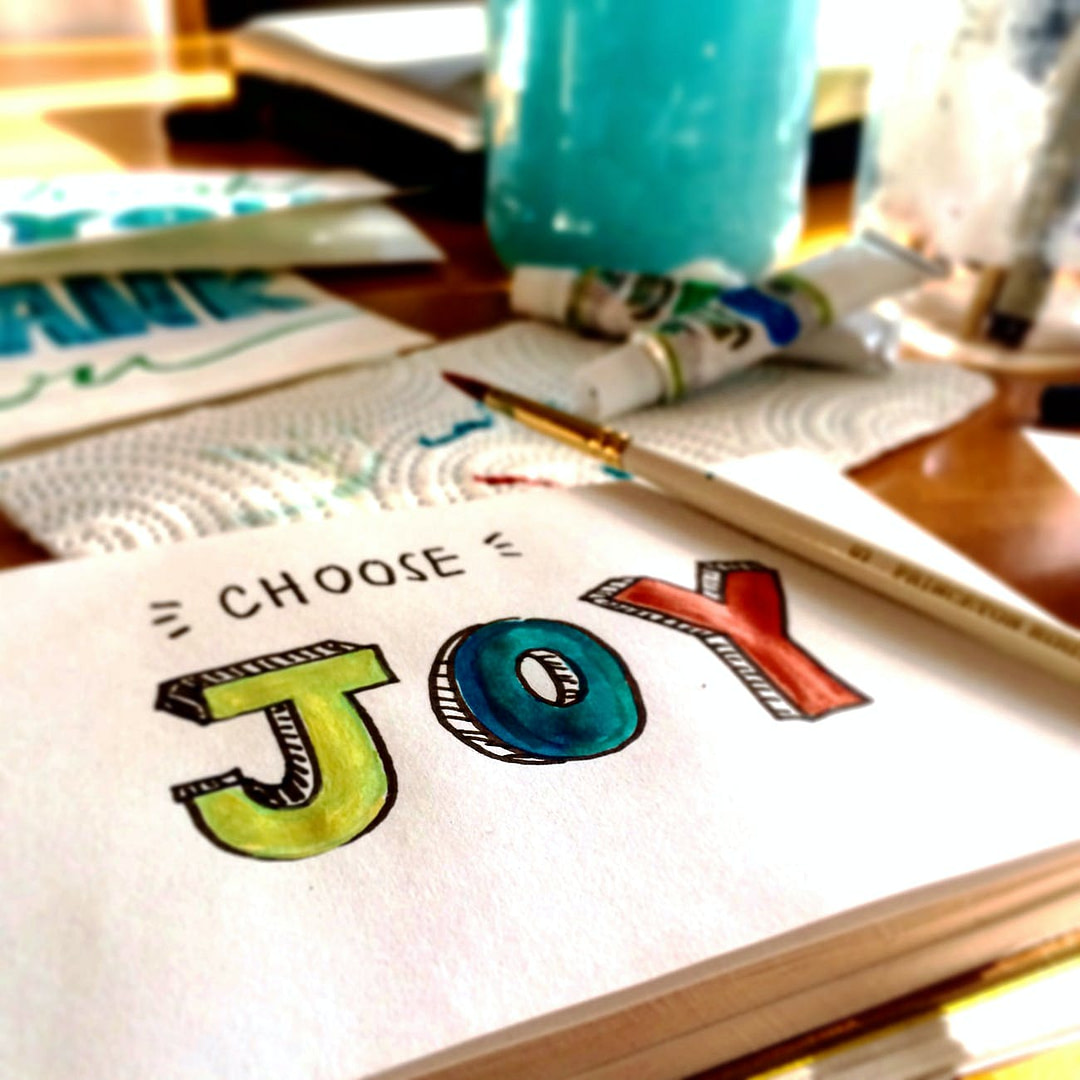It’s one of the oldest pieces of supportive advice in the world. “Suffer the pain, and then let it go.”
But how exactly do we go about doing that? Pain, whether it is physical, mental, or emotional, can seem like a massive weight on our shoulders that is too heavy to lift, let alone get off of you so that you can raise your head and see your way forward.
Do the Hard Thing – Accept the Pain
First, we need to accept the pain. This does sound a little silly, after all, aren’t we accepting the pain right now by experiencing it?
Experience and acceptance are not the same things, sadly, and accepting the pain is the first step to letting go. Instead of fighting it with all you’ve got, let it in. You can’t begin to deploy the tactics below until and unless you accept what it is you’re feeling.
Yes, it hurts, yes it sucks, and yes, you want it to just go away! Taking pain in will be hard, no question about it, and it might unleash a lot of emotions for you, however, once you have accepted it, you can start to recover from it’s hold on you.
Hiding from or refusing to acknowledge pain will NOT make it go away – instead, it’s as if denying the pain makes it dig in deeper and get worse until you cannot refuse to acknowledge and accept it
That doesn’t mean you give up – but what you do not face or do not recognize cannot be handled, altered, or dealt with until you do.
Tactic 1: Counter The Pain With Joy
One of the easiest ways to let go of pain is to intentionally forget that it exists. It might be hard, but try to do something fun, even for 10 minutes. Listen to a song, call up a friend, eat a good meal. Do whatever you feel like doing, and even try changing your environment.
Self-medicate with joy and the things that make you smile, lift your spirits, and restore your soul – give yourself visual cues a favorite color, a beautiful bouquet of flowers, a new car, or a particularly favorite style of architecture – they can all bring you that emotion in varying degrees,
It might be hard to eliminate the complete weight of the pain that’s sitting on your shoulders, but you don’t have to take it all out in one go.
Instead, you just need to do one thing, one small, positive, joy-inducing thing, and pretty soon you’.ll build a habit. You’ll also get more and more joy out of the activities as well until that’s all you feel.
Tactic 2: Talk To Someone Supportive
Pain thrives when we are isolated, and we find ourselves fighting against it alone – expending our energy and resources and feeling isolated and unsupported. Talking about your pain with a trusted family member, friend, or even a professional therapist can help you process it and might even give you someone to turn to whenever you really need to talk.
You don’t have to go it alone.
Having a support network of friends can help you deal with your pain, and they can also eventually help you let it go once you feel better. There’s nothing like a connection with people who care for you whenever you want to focus on your own health.
If you’re not able to get in touch with your support network, try one of the new apps available everywhere that allow you to have conversations and get help via an internet connection. Some of these services have memberships that you can invest in so they are always available and you can build a supportive relationship with a chosen provider.
You’re worth it – and once you get established, the pain will become a distant memory.
Tactic 3: Replace the Painful Memory With Something Better
Whenever you focus on a painful memory, the pain associated with it often comes back to haunt you. So instead of fighting the memory or the circumstances, you need to replace the bad memory with something better.
If you had mental pain while at a certain location, maybe you can go to that location with a friend and create a new, positive memory to override the old one and remove the power it had to create pain for you.
If you’re finding it hard to replace the memory, try to build a positive habit around something you can do when you feel the pain start to well back up. Be prepared to spend at least 21 – 28 days practicing this new, positive habit to give yourself a chance to override your former programming and memories,
Maybe whenever you think of that painful memory you can play a song, say a mantra, or write in your journal to keep the pain from embedding itself even deeper into your psyche, and replace it with whatever the positive action is. Pretty soon, the action will overtake the pain and you won’t feel it.
Finally, the last thing to really remember is that pain, no matter how intense, is not permanent at all. Eventually, it will go away, whether it is physical, mental, or emotional. You can develop coping mechanisms to help move it along faster.
You just need to make sure you are letting the pain go when the time comes to do so, and not holding onto it because you can’t envision your life without it. Past pain that’s become a part of your life can be difficult to release, but doing so will make your future that much better, and it’ll empower you to never be under the thrall of pain ever again.






